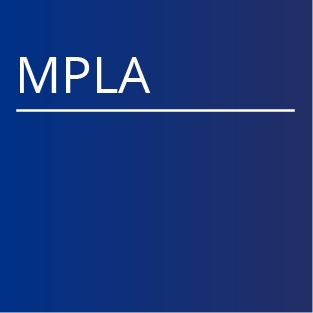Committee Tree
Task Group No. 199 - Implanted Target surrogates for radiation treatment verification
Charge and Function:
This TG aims to:
- Review different types of applications of target surrogates in radiation therapy, including gold markers, carbon markers, surgical clips, long-lasting contrast agents, and localization coils. Issues related patient complication, marker migration, dropping, deformation, and different radiographic properties of different types of markers with kV and MV imaging will be addressed. Minimum numbers of fiducials and consequences of insufficient numbers of fiducials will be discussed. The timing between the implantation and planning imaging acquisition will also be addressed to minimize the systematic setup error associated with trauma induced distortion. Recommendations will be provided for physics to assess the quality of marker placement. Guidelines will be proposed for specific treatment sites, such as prostate, lung, liver, pancreas, and breast.
- Issues related to image guidance techniques with target surrogates will be discussed. Planning target volume (PTV) margin requirements for implanted marker guided setup will be discussed for each individual site. Recommendations will be provided on 2D and 3D matching of the implanted markers and using implanted markers for treatment verifications. Localization errors of markers and targets including Fiducial localization Error (FLE), Fiducial Registration Error (FRE), Target Registration Error (TRE) and congruence of the fiducials will be analyzed [23-25]. FLE anisotropism, image registration (rigid body vs. deformable), and clinical relevance will be discussed. Marker applications in verifying the accuracy of respiratory gated treatments will also be discussed.
- Issues related to patient safety during implantation and imaging acquisition (both CT and MRI) will be addressed. Recommendations on quality assurance will be provided with respects to marker stability during the whole course of radiation therapy, deformability with specific implantation sites, and geometrical accuracy on MRI and CT images. Recommendations on QA programs and guidelines for end-to-end commissioning will be provided.



















